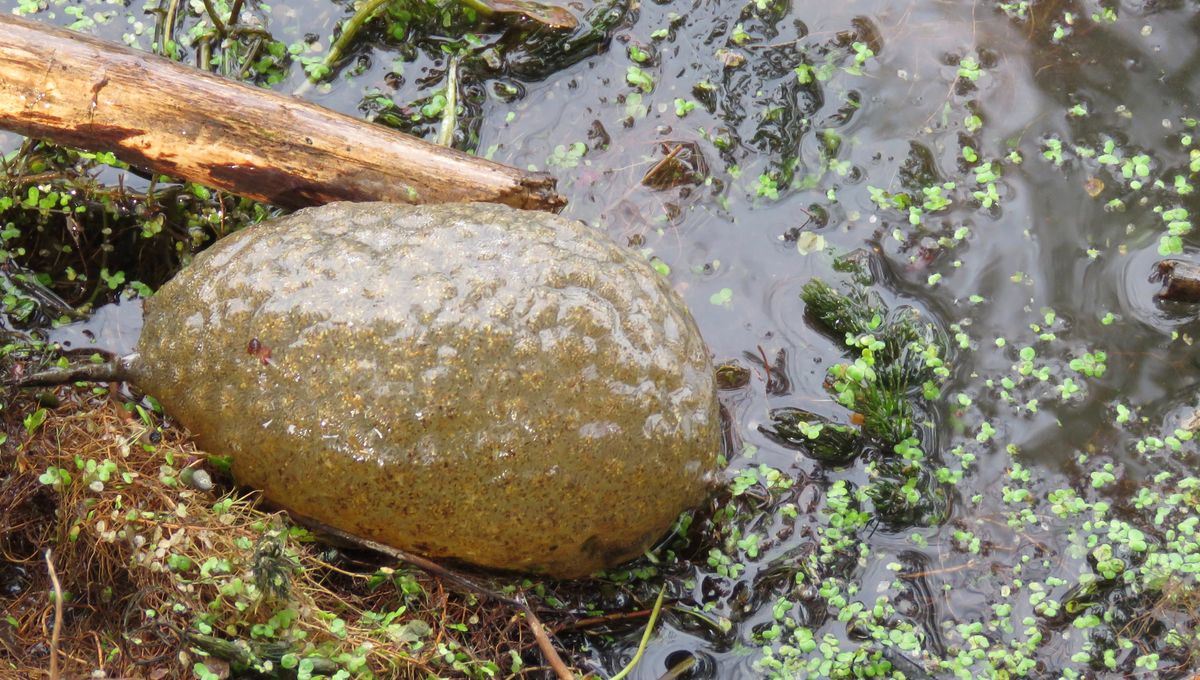
We come across a lot of bizarre animals here at IFLScience and the one we present to you today is no different – but you’d definitely be forgiven for thinking it was a sign of an alien invasion if you came across one. What on Earth (literally) are we on about, we hear you ask? Bryozoans, of course.
Surprisingly, for something the Oklahoma Department of Wildlife Conservation described as looking “like Walmart type bags of Orbeezs that have been soaked in rain a puddle,” bryozoans are very much alive and are – though it might be hard to believe just looking at them – animals.
Found across every continent except Antarctica, there’s thought to be over 4,000 species within the phylum Bryozoa, of which the vast majority live in marine environments – out of those found in North America, only 24 are known to live in freshwater.
It’s the freshwater ones that tend to look like those massive gelatinous blobs, often found attached to rocks and tree branches. However, what we see as an alien egg-esque lump isn’t actually a single bryozoan, but a colony of thousands of clones; these most often begin to form in the spring, peaking in late summer and fall, before dying off come the winter.
Though a mass of clones sounds like something out of a sci-fi film, it’s just asexual reproduction. The individuals this cloning process produces are called zooids, which are usually only around 0.8 millimeters (1/32nd of an inch) long.
Zooids have fairly simple bodies, with a single opening that acts as a mouth and anus (sounds gross, but not unusual in the animal kingdom), and a mass of organs known as a polypide. They also look like they have a head, but this is actually a U-shaped, tentacled feeding structure known as a lophophore, which filters food out from the surrounding water, such as zooplankton and algae.
That filter-feeding is one of the reasons why blobby bryozoans tend to be considered helpful rather than harmful. “These animals are an important part of the ecosystem because they help clean the water and serve as prey for mussels, snails, and even small fish,” wrote the Oklahoma Department of Wildlife Conservation on X. They might also even help to improve water clarity, with their green color possibly attributed to the algae they ingest.
Not a bad day’s work for a creature that eats out of its ass.
Source Link: Don’t Worry About The Alien Pea Pods Popping Up Around The World This Summer